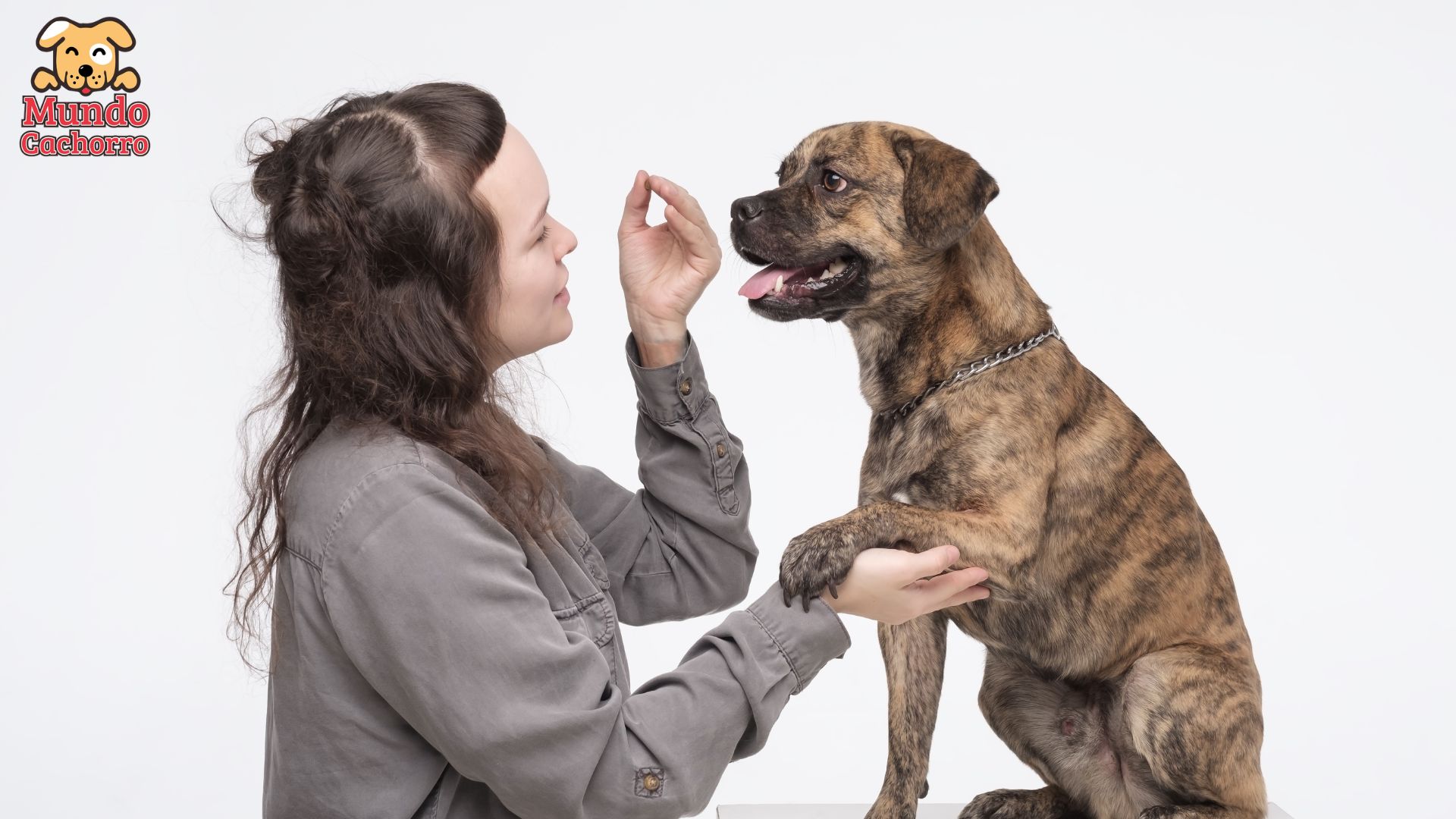Dog breeding is a task that requires patience, dedication and a deep understanding of canine behavior. This process is complex and enriching, and in it, positive reinforcement stands out as a fundamental tool to encourage desirable behaviors and strengthen the bond between owner and pet.
By implementing techniques based on positive reinforcement, owners can shape their dogs’ behavior in an effective and respectful way, promoting healthy learning and a positive relationship.
Indice
How to train a dog not to bark for no reason
In this article, we will explore in depth the uses and advantages of this method in dog breeding.
We will discuss how positive reinforcement not only improves the animal’s behavior but also contributes significantly to an environment of trust and mutual cooperation, crucial elements for the successful education and emotional well-being of dogs.
Uses of positive reinforcement
Positive reinforcement is presented as a powerful technique in dog training, offering multiple uses that improve both the learning and behavior of dogs.
The following are some of the most significant uses of this methodology:
Training of basic commands:
This technique is especially effective for teaching dogs basic commands such as “sit”, “stay still”, “come” when called, among others.
By rewarding the dog with treats, praise or games each time it performs the desired action, the animal associates that behavior with a positive experience.
This significantly increases the probability that the dog will repeat the behavior in the future, since the perception of an immediate reward motivates the dog to pay attention and follow instructions.
Correction of undesirable behaviors:
Unlike methods that use punishment, positive reinforcement focuses on redirecting the dog’s behavior toward more appropriate alternatives.
For example, if a dog tends to jump up on people to greet them, instead of reprimanding the dog, you can positively reinforce the desired behavior of keeping all four paws on the ground.
This not only avoids the stress and anxiety that punishments can generate, but also teaches the dog the correct way to act in social situations.
Most common problems in raising a puppy
Socialization:
Socialization is crucial during the early stages of a puppy’s life and positive reinforcement is a key strategy in this process.
Exposing puppies in a positive way to different people, animals and environments builds their confidence and sociability, essential elements in the development of a well-adjusted adult dog.
Using positive reinforcement in these situations helps puppies learn that new experiences and new people can be associated with positive things, which is critical to their emotional and behavioral development.
Implementing positive reinforcement in raising and training dogs not only improves their behavior, but also strengthens the bond between dog and owner, creating an atmosphere of mutual respect and understanding that benefits the animal’s overall well-being.
Advantages of positive reinforcement
It is important to know that positive reinforcement fosters a relationship based on trust and mutual respect between the owner and his dog. By associating the owner with positive experiences, the dog develops a stronger emotional bond and a greater willingness to cooperate. Dogs are highly motivated by rewards. By using this method, owners can take advantage of this natural motivation to facilitate the learning process and achieve faster and longer lasting results.
Things you should never do with your dog
In addition, it promotes a training environment that is pleasant and stress-free for the dog. Rather than generating fear or anxiety, positive interactions reinforce the animal’s self-esteem and emotional well-being. Unlike punishment-based training methods, which can trigger anxiety or aggression in the dog, this strategy helps prevent and reduce unwanted behaviors more effectively and without negative side effects. It is also a highly adaptable technique that can be applied to a wide range of situations and contexts. Whether in basic home training or in the correction of more complex behavioral problems, positive reinforcement offers flexibility and effectiveness. In conclusion, positive reinforcement emerges as an invaluable tool in dog breeding, offering a variety of uses and benefits for both owners and their pets. By cultivating a relationship based on respect, trust and positive encouragement, owners can not only effectively shape their dogs’ behavior, but also strengthen the emotional bond they share with them. Image courtesy of https://pixabay.com, all rights reserved.








